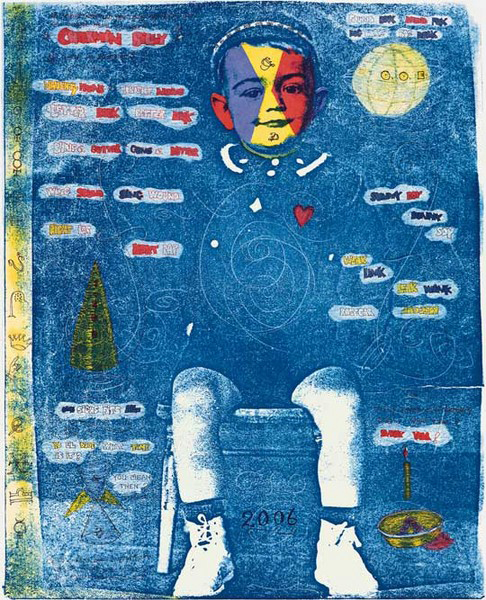
Color photogravure with burnishing, soft ground etching and spit bite aquatint.
32½ x 26"; 41½ x 34". 10.
Crown Point Press and Catherine Brooks.
$6,500 InquireInquire
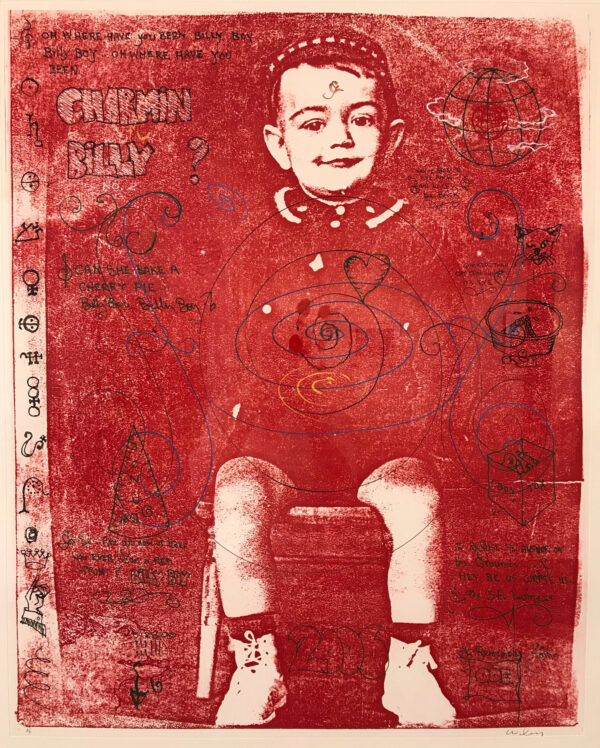
One in a series of 23 photogravures with handcoloring by the artist.
32½ x 26”; 41½ x 34”.
Crown Point Press and Catherine Brooks.
$8,000 InquireInquire

One in a series of photogravures with handcoloring by the artist.
32½ x 26”; 41½ x 34”.
Crown Point Press and Catherine Brooks.
$8,000 InquireInquire
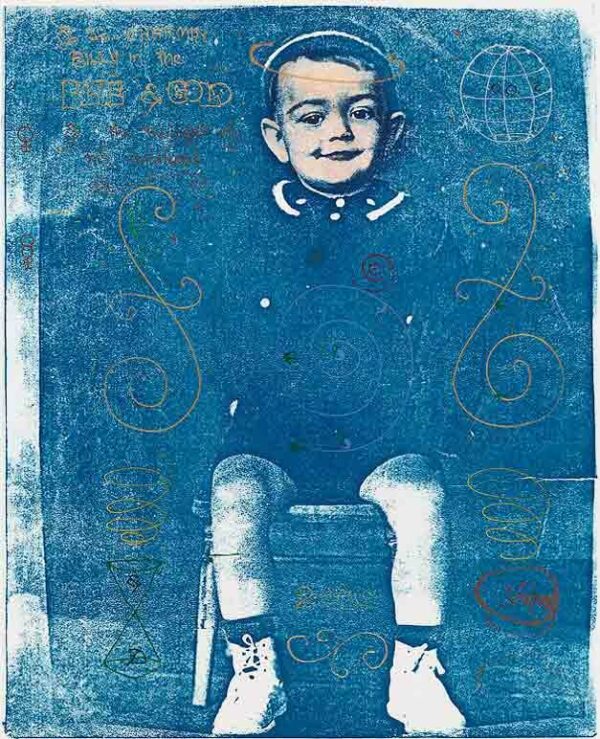
One in a series of photogravures with handcoloring by the artist.
32½ x 26"; 41½ x 34".
Crown Point Press and Catherine Brooks.
$8,000 InquireInquire
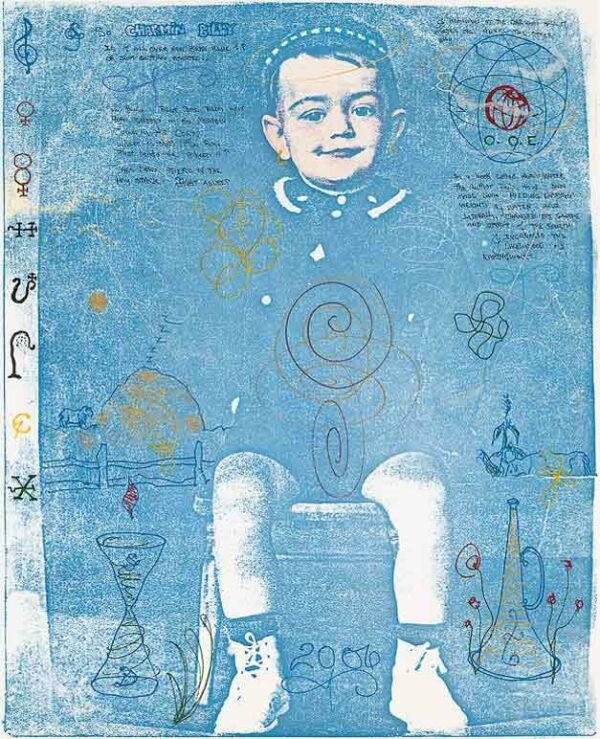
One in a series of photogravures with handcoloring by the artist.
32½ x 26"; 41½ x 34".
Crown Point Press and Catherine Brooks.
$8,000 InquireInquire

One in a series of photogravures with handcoloring by the artist.
32½ x 26"; 41½ x 34".
Crown Point Press and Catherine Brooks.
$8,000 InquireInquire
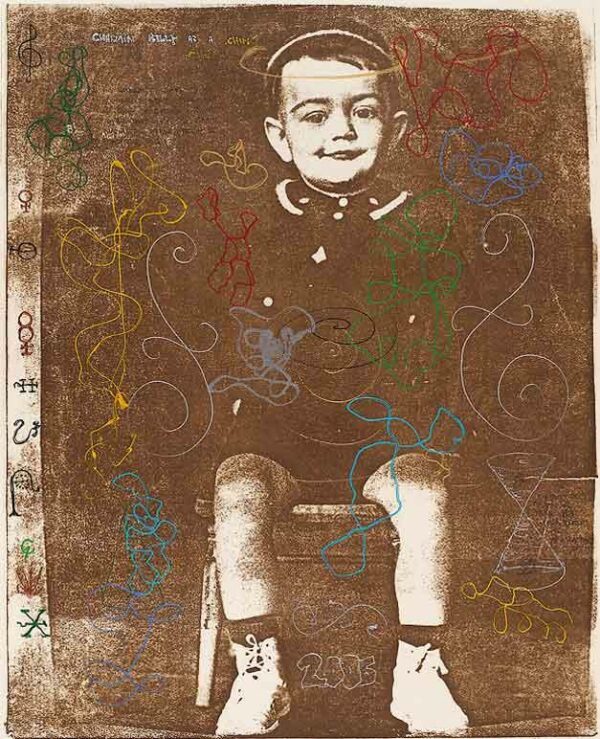
One in a series of photogravures with handcoloring by the artist.
32½ x 26"; 41½ x 34".
Crown Point Press and Catherine Brooks.
$8,000 InquireInquire

One in a series of photogravures with handcoloring by the artist.
32½ x 26"; 41½ x 34".
Crown Point Press and Catherine Brooks.
$8,000 InquireInquire

Hard ground etching on gampi paper chine collé.
4 x 20 1/4"; 11 1/2 x 27". 10.
Crown Point Press and Catherine Brooks.
$2,000 InquireInquire

Spit bite aquatint printed on gampi paper chine collé.
12¼ x 12¾"; 19¾ x 19¾". 15.
Crown Point Press and Catherine Brooks.
$2,500 InquireInquire
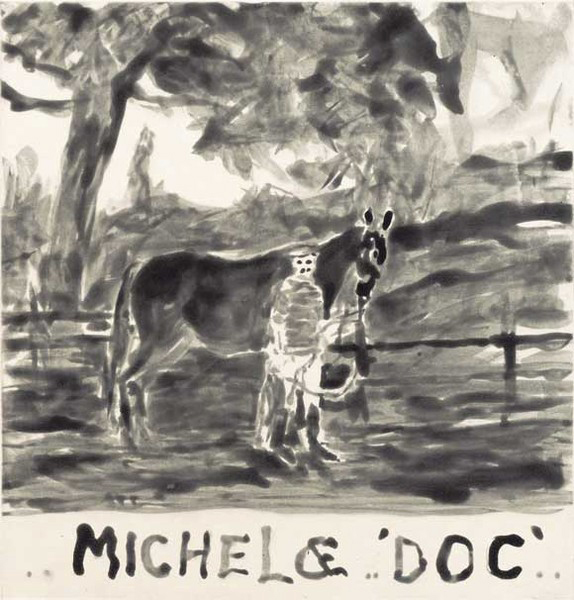
Spit bite aquatint printed on gampi paper chine collé.
12½ x 12"; 20 x 19". 15.
Crown Point Press and Catherine Brooks.
$2,500 InquireInquire

Soft ground etching printed on gampi paper chine collé.
12½ x 12"; 20 x 19". 15.
Crown Point Press and Catherine Brooks.
$2,500 InquireInquire

Spit bite aquatint printed in green and brown on gampi paper chine collé.
12½ x 12"; 20 x 19". 15.
Crown Point Press and Catherine Brooks.
$2,500 InquireInquire

Soft ground etching wih photogravure printed in gray and umber on gampi paper chine collé.
12½ x 12"; 20 x 19". 15.
Crown Point Press and Catherine Brooks.
$2,500 InquireInquire

Color spit bite aquatint with burnishing and soft ground etching printed on gampi paper chine collé.
12½ x 12"; 20 x 19". 15.
Crown Point Press and Catherine Brooks.
$2,500 fair market value Proof AvailableProof Available

Color aquatint.
42½ x 35½"; 51¼ x 40¾". 25.
Crown Point Press and Daria Sywulak.
$7,500 InquireInquire

Hard ground etching with drypoint and aquatint.
2 x 29"; 6¾ x 33". 10.
Crown Point Press and Daria Sywulak.
$3,000 fair market value Unavailable

Color aquatint with flat bite etching, soft ground etching and drypoint.
42½ x 35½"; 51¼ x 40¾". 35.
Crown Point Press and Daria Sywulak.
$5,000 fair market value Unavailable

Aquatint with flat bite etching and drypoint.
8 x 41¾"; 13¾ x 47¼". 25.
Crown Point Press and Daria Sywulak.
$2,500 InquireInquire

Color hard ground etching with aquatint.
12 x 5½"; 23 x 16½". 15.
Crown Point Press and Daria Sywulak.
$2,500 fair market value Unavailable

Woodcut with hand-coloring by the artist.
74¼ x 23"; 76¼ x 25". 25.
Crown Point Press and Lawrence Hamlin.
$7,000 fair market value Unavailable
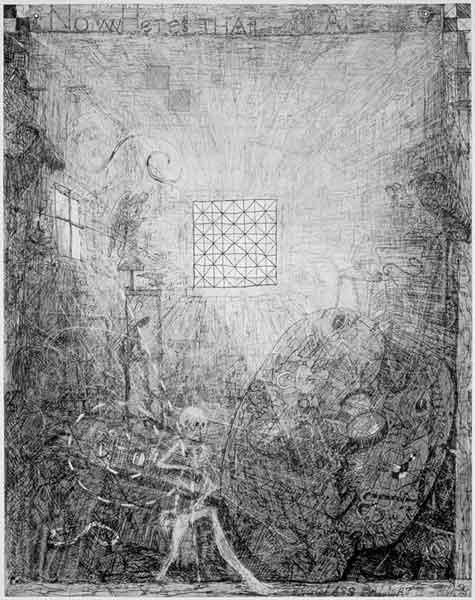
Aquatint with soft ground etching and burnishing.
45 x 36"; 54 x 40½". 10.
Crown Point Press and Lawrence Hamlin.
$7,000 fair market value Unavailable
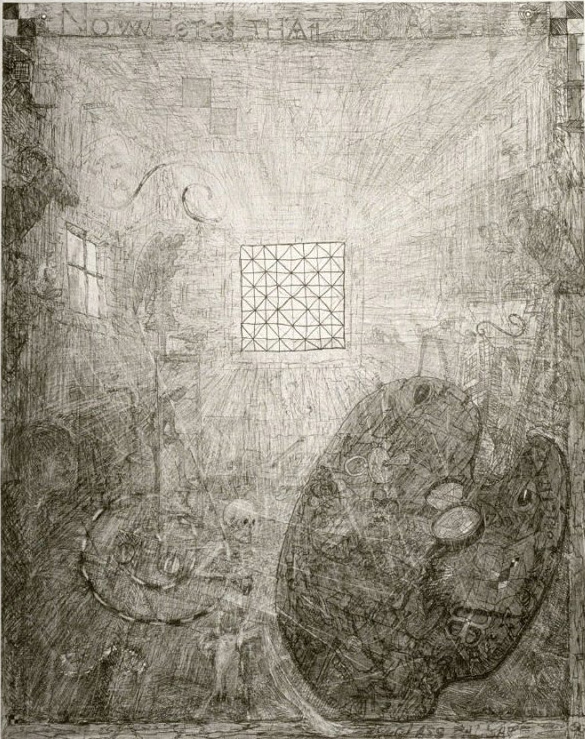
Aquatint with soft ground etching and burnishing.
45 x 36"; 53½ x 41". 6.
Crown Point Press and Lawrence Hamlin.
$7,000 fair market value Unavailable
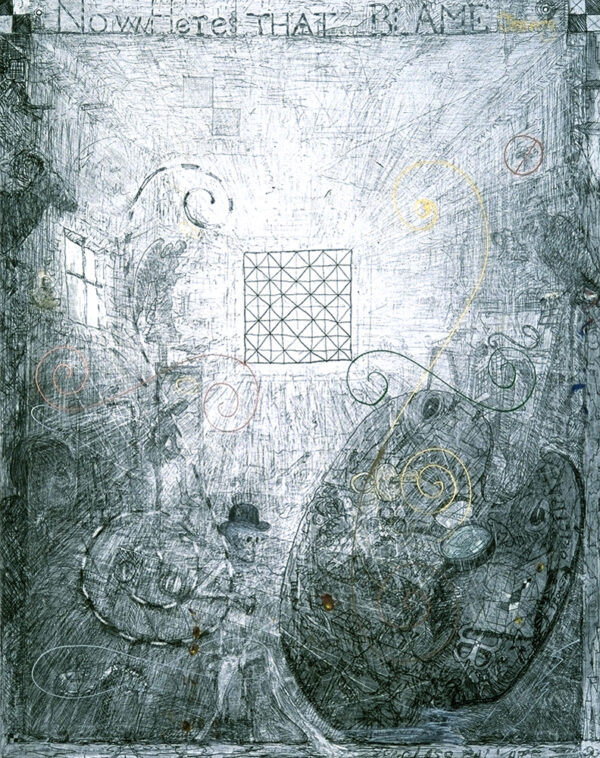
Aquatint with soft ground etching, burnishing and hand-coloring by the artist.
45 x 36"; 54 x 40".
Crown Point Press and Lawrence Hamlin.
$8,000 InquireInquire

Aquatint with soft ground etching, burnishing and hand-coloring by the artist.
45 x 36"; 54 x 40".
Crown Point Press and Lawrence Hamlin.
$8,000 InquireInquire
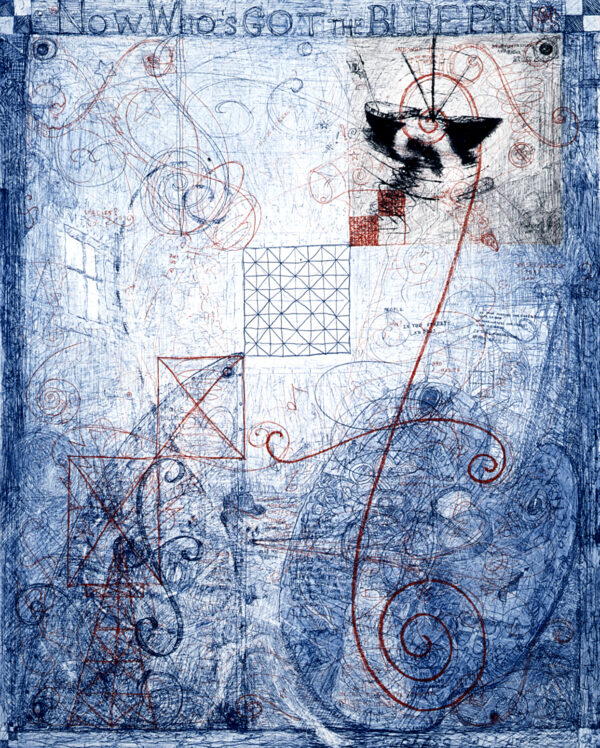
Color aquatint with soft ground etching and drypoint.
45 x 36"; 52¼ x 41½". 25.
Crown Point Press and Lawrence Hamlin.
$7,000 fair market value Unavailable
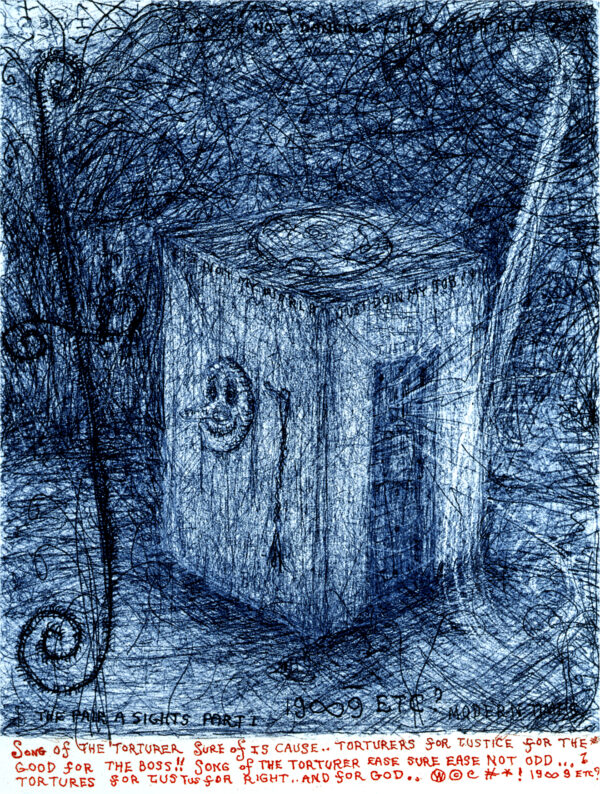
Soft ground etching printed in blue and red.
12 x 9"; 19 x 15". 25.
Crown Point Press and Lawrence Hamlin.
$2,000 fair market value Proof AvailableProof Available

Hard ground etching.
25 x 2"; 39 x 8¼". 35.
Crown Point Press and Hidekatsu Takada.
$2,500 fair market value Unavailable

Aquatint with soft ground etching and burnishing.
45 x 36"; 51½ x 41¾". 50.
Crown Point Press and Hidekatsu Takada.
$7,000 InquireInquire
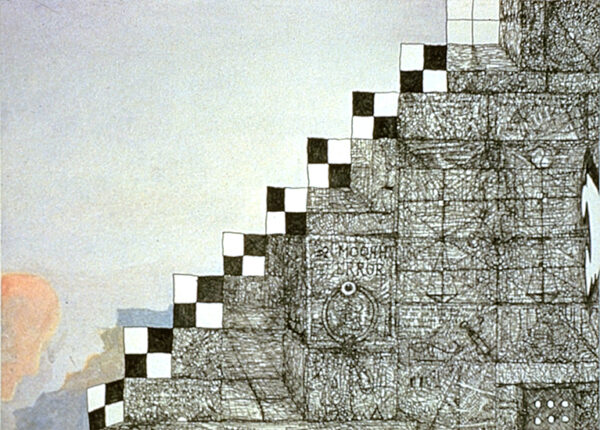
One from a series of 46 monoprints with soft ground etching.
20¾ x 28¾"; 26¼ x 37".
Crown Point Press and Hidekatsu Takada.
$6,000 InquireInquire
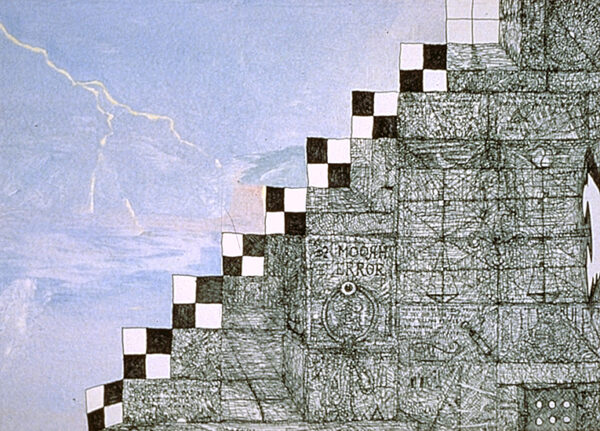
One from a series of 46 monoprints with soft ground etching.
20¾ x 28¾"; 26¼ x 37".
Crown Point Press and Hidekatsu Takada.
$6,000 InquireInquire
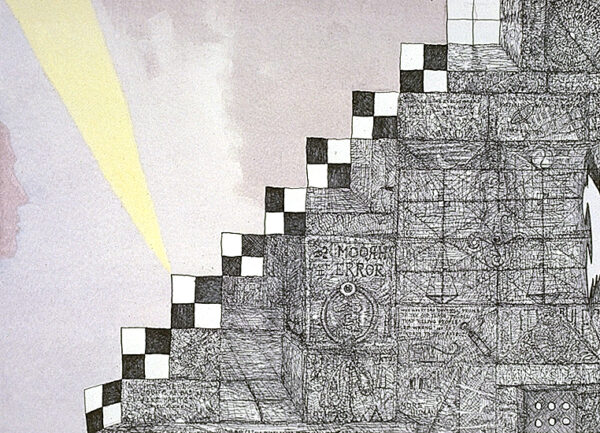
One from a series of 46 monoprints with soft ground etching.
37 x 28¾"; 26¼ x 26".
Crown Point Press and Hidekatsu Takada.
$6,000 InquireInquire
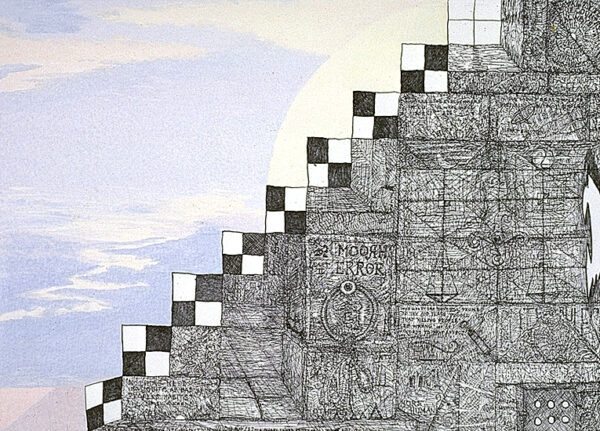
One from a series of 46 monoprints with soft ground etching.
20¾ x 28¾"; 26¼ x 37".
Crown Point Press and Hidekatsu Takada.
$6,000 InquireInquire

Hard ground etching.
3 x 29"; 10½ x 39". 35.
Crown Point Press and Hidekatsu Takada.
$2,500 fair market value Unavailable

Hard ground etching.
3 x 29"; 10½ x 39". 35.
Crown Point Press and Hidekatsu Takada.
$2,500 InquireInquire

Soft ground etching and drypoint printed on chamois.
37 x 29". 10.
Crown Point Press and Hidekatsu Takada.
$3,500 fair market value Unavailable
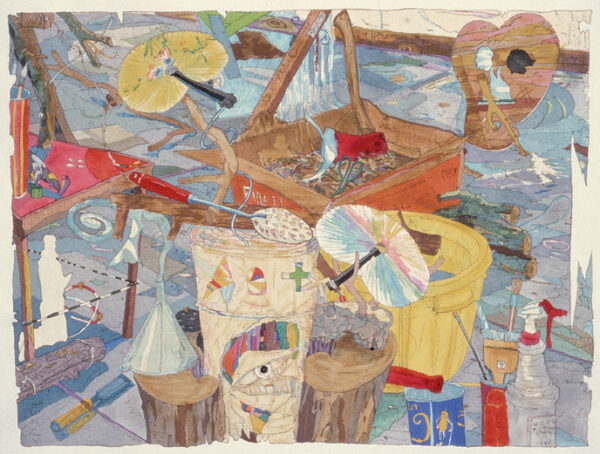
Color woodcut.
21 x 27"; 22½ x 29½". 200.
Crown Point Press and Tadashi Toda.
$6,500 Unavailable

Aquatint with soft ground etching.
45 x 36"; 49 x 40". 15.
Crown Point Press and Stephen Thomas.
$7,000 fair market value Unavailable
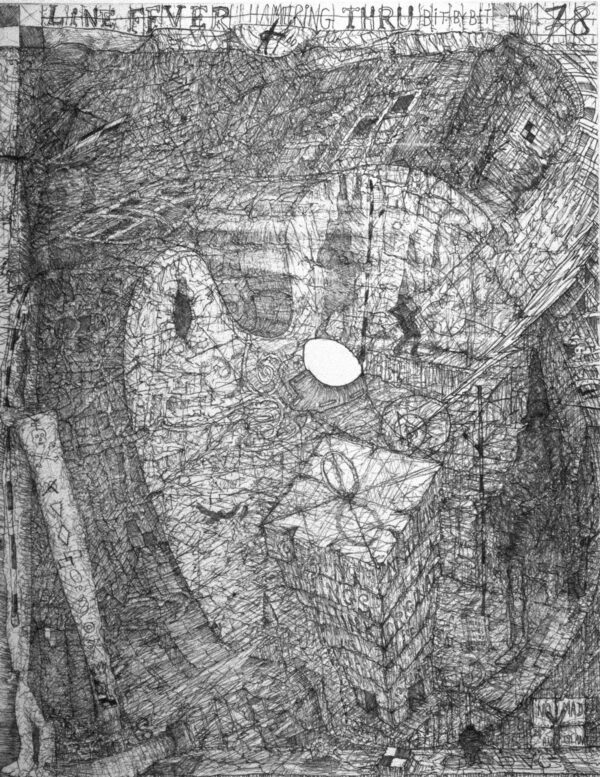
Soft ground etching.
28 x 22"; 32½ x 26". 25.
Crown Point Press and Stephan Thomas.
$2,500 fair market value Unavailable

One of a series of 32 monotypes; 16 on paper (shown here); 16 on chamois.
23 x 30"; 32 x 39".
Crown Point Press and Stephen Thomas.
$3,500 InquireInquire

Soft ground etching.
22 x 28"; 26 x 32". 10.
Crown Point Press and Stephen Thomas.
$2,500 fair market value Unavailable

Color soft ground etching.
11½ x 10"; 15 x 13". 15.
Crown Point Press and Stephan Thomas.
$1,500 fair market value Unavailable
